Top 10 Gifts For Lovers Of Outer Space
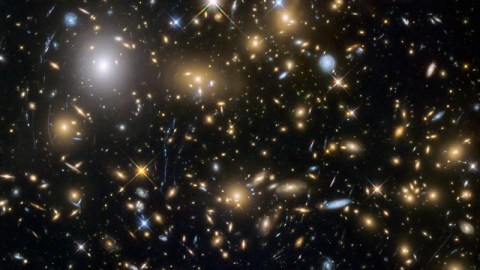
With gift ideas from as little as $11, there might be something to tickle anyone’s fancy.
“It is worthy of notice that in Table VI the brighter variables have the longer periods. It is also noticeable that those having the longest periods appear to be as regular in their variations as those which pass through their changes in a day or two.” –Henrietta Leavitt
The past year has been filled with victories, defeats, and all the other ups and downs that life holds for all of us. But while all of that has occurred down here on Earth’s surface, the Universe has been continuing on just as it always has. From our tiny blue dot in the vast cosmic ocean, we look out at it, explore it, and strive to understand it. In a very real way, our pursuit of understanding what lies beyond our world gives us a unique window into understanding ourselves. For those of you who either feel that way yourself or know someone who does, I’ve got 10 different options, covering a wide range of ages and budgets, of what just might be the perfect gift to take them into the new year!

1.) Light, by Kimberly Arcand and Megan Watzke. When we think about light, we think about a full color spectrum: from red to violet and everything in between. But in reality, that’s just a tiny fraction of the light that’s out there in the Universe, and an extremely limiting way to look at things. Both authors have spent many years working for NASA’s Chandra X-ray mission, and have a remarkable way of breaking down unfamiliar topics to audiences of all levels. The book is beautifully illustrated, and not only takes us over the entire energy spectrum, from radio waves to visible light to gamma rays, but goes to great lengths to teach readers about false color, astronomical illustrations, fluorescence and the phenomena of shadows and darkness. It’s a beautiful journey and a beautifully told story of the Universe as we’re still learning to see it.
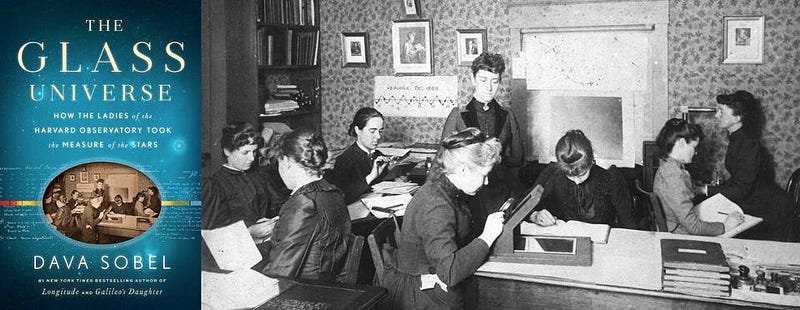
2.) The Glass Universe, by Dava Sobel. The award-winning author who gave us a fabulous look at the story of Longitude and the scientific life of Copernicus takes on an oft-forgotten and marginalized story in astronomy’s history: the women astronomers at Harvard College Observatory whose discoveries were indispensable to our understanding of the Universe. Initially hired to do the observational and computational gruntwork that was “beneath” the male professors, they proved themselves more than capable of great achievements in astronomy. While it was inevitably their male superiors who got the vast majority of credit for the work, their achievements include inventing the modern classification scheme for stars (Annie Jump Cannon), discovering the first empirical correlation between a star’s intrinsic brightness and another easily observed property, like its periodic brightness fluctuations (Henrietta Leavitt), and even discovering what elements the stars themselves were made out of, overturning the conventional wisdom of the day (Cecilia Payne). For anyone who ever thought “women aren’t as good at science as men,” this book is a powerful and delightful reminder that not only are they, but they’ve been proving it for over 100 years. Just give them the chance.
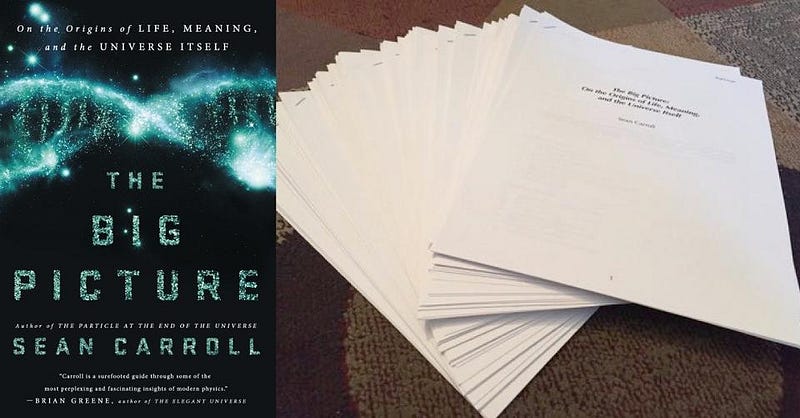
3.) The Big Picture, by Sean Carroll. It’s easy to shy away from the uncomfortable scientific truths about this Universe. The solid, physical objects we see are mostly empty space; the deterministic trajectories of the planets are underlied by a fundamental quantum uncertainty inherent to all fundamental particles; scientific revolutions don’t happen all-at-once in a vacuum, but are largely due to the contributions of mostly-forgotten historical figures that range from physicists to biologists to philosophers. You likely won’t agree with all of Carroll’s points-of-view nor with all of his philosophy, but he admirably delineates when he’s speaking of a scientific truth versus when he’s giving his best-informed opinion on a matter. Best of all, he never tries to wrap up everything in a satisfying conclusion; that would be intellectually dishonest. Our understanding of the Big Picture, as with everything, has further to go.
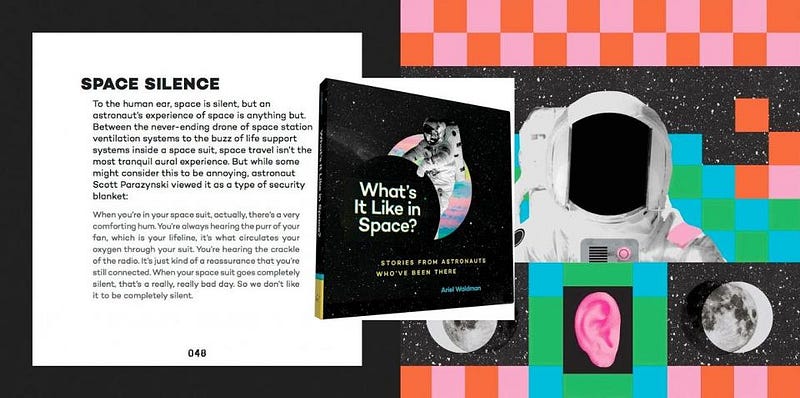
4.) What’s it like in space?, by Ariel Waldman. Despite having a space program for more than 50 years, only a few thousand people have ever risen above the atmosphere of Earth. Yet as soon as your body enters the zero-gravity environment, it starts to change. Food tastes different, your vision changes, and bodily functions present unique challenges in ways you’ve never imagined. (How do you sneeze in a spacesuit?) A cleverly illustrated, information-packed read that contains a plethora of information from those who’ve been there, Waldman’s book answers some of the most embarrassing questions you’ve wondered about life in space. You might not want to go up there for very long after reading this, but it makes a convincing case that there’s nothing like it here on Earth!
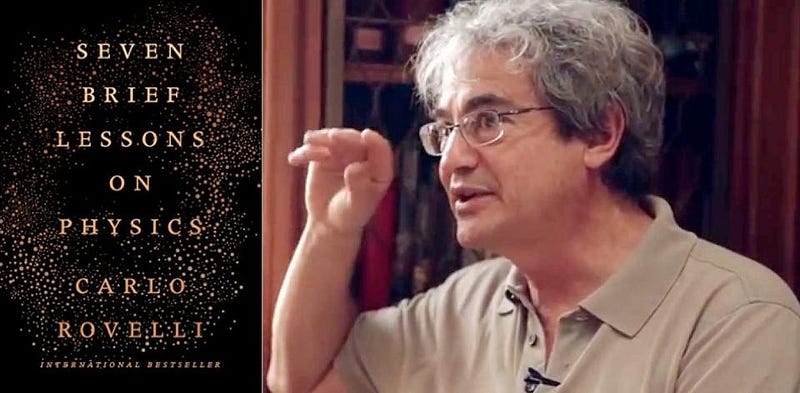
5.) Seven Brief Lessons On Physics, by Carlo Rovelli. Theoretical physics has some big, head-scratching topics in it, from relativity to the quantum nature of the Universe to black holes and much more. Carlo Rovelli, as one of the founders of Loop Quantum Gravity, has some unique opinions about many of these topics in detail, and much to his credit, you will not find them in this book. Instead, you’ll find a treatment that any theoretical physicist would describe as intellectually honest and an excellent summary of what we know, how we know it and what we’re looking for next. If you’re curious about a succinct presentation of some of the biggest ideas to come out of physics, this is a must-have book, but don’t expect gory details here; 10–12 pages is all you get for each lesson!
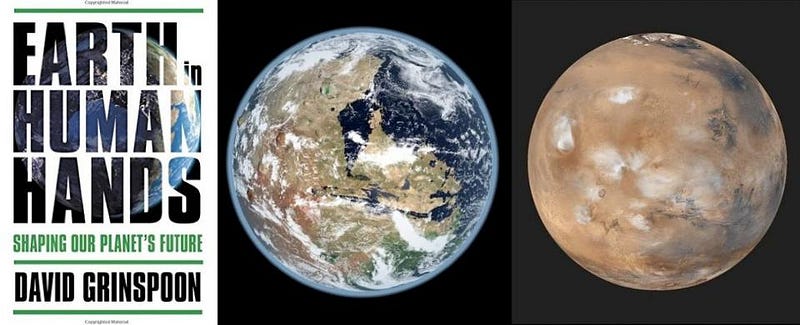
6.) Earth In Human Hands, by David Grinspoon. Why is Earth such a hospitable planet for life? Why did Venus and Mars, so like Earth in the early days, turn out so differently? And what lessons can we learn from the rest of the Universe — from all the worlds that are out there — to help us guide the planet that we’re steering? As Grinspoon says, we’re at the controls, but we’re not in control. I had more to say about this book here, but I still recommend it for anyone interested in the science of astrobiology and comparative planetary science. It’s perhaps the most relevant story to us over the coming years: how to choose the direction for our planet for the coming generations.
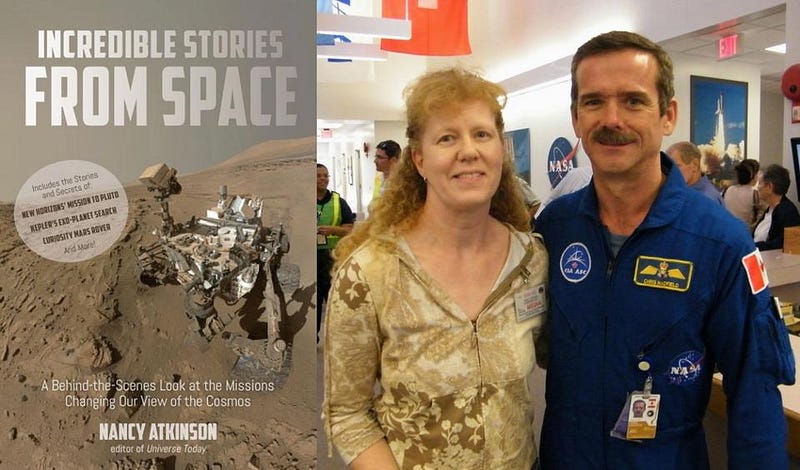
7.) Incredible Stories from Space, by Nancy Atkinson. What do we know about the worlds in our Universe beyond Earth? A ton, actually, even though humans have never been anywhere other than the Moon, and it’s all thanks to the robotic missions and observatories we have dedicated to exploring them. Famed space writer Nancy Atkinson takes us on an in-depth journey of the most famous missions to explore the Solar System, including the people behind them, the science they uncovered and the stories of the worlds we’ve visited. From the Mars Rovers to New Horizons at Pluto, from Cassini at Saturn to the Dawn spacecraft in the asteroid belt and many more, Atkinson takes us from the Sun to a variety of worlds and even out of the Solar System, with spotlights on NASA’s Hubble Space Telescope and the Kepler mission as well. The current generation of cutting-edge space explorers aren’t being born, they’re being built, and this is an insider’s look at how it all comes together. There’s also a breathtaking look at upcoming missions: a reminder that the story we have to tell about these world, in many ways, is just getting started.
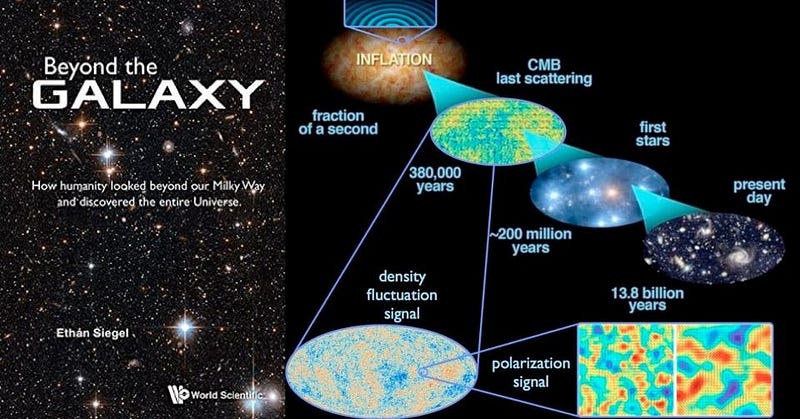
8.) Beyond the Galaxy, by Ethan Siegel. Yes, I put my own book on the list! There’s a fantastic story that the Universe tells us about itself — where it came from, how it got to be the way it is today, and where it’s headed into the future — if only we’re willing to ask it and listen to what it has to say. If all you started with was your naked eye and what you can see in the skies, you’d start to make sense of the Universe, and the discoveries you made would raise even more questions. This is exactly the path humanity took in how we made sense of the Universe. In Beyond The Galaxy, you can find the whole story of modern cosmology, including the nature of galaxies, the expanding Universe, the Big Bang, plus the cutting edge of our understanding, including dark matter, dark energy, cosmic inflation and why there’s more matter than antimatter in the Universe. If you want the full scientific story of what we know and how we know it, but without equations, problems-to-solve and with lots of full-color illustrations, this is the book for you.
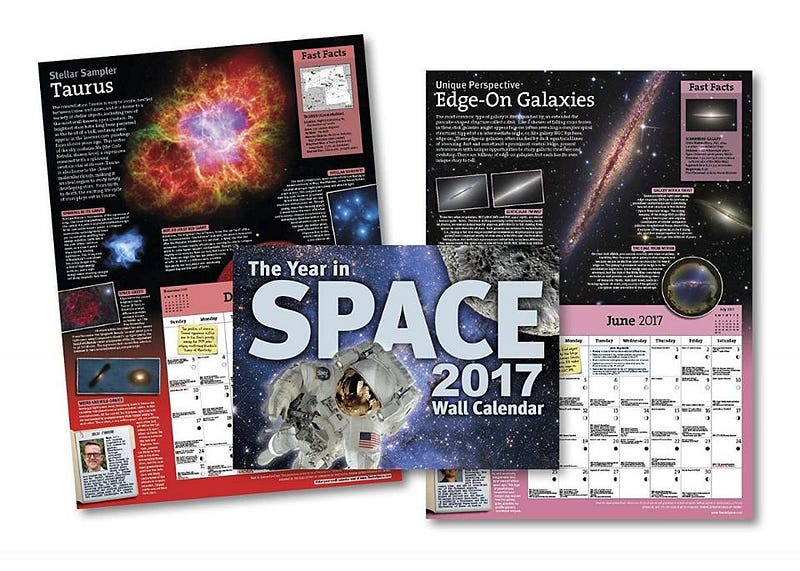
9.) The Year In Space, 2017, wall calendar and desk calendar, by Steve Cariddi. I’ve been a fan of these calendars for years, and this will make five years in a row that I’ve had the Year In Space calendar on my office wall. When I look for a calendar, it’s necessary to have big, beautiful pictures of outer space adorning it. But the Year In Space calendar also gives you:
- daily anniversaries of astronomical discoveries and events,
- profiles of researchers, scientists and missions,
- highlights of various astronomical and astrophysical phenomena,
- bonus images with scientific facts,
- and hundreds of sky events, including meteor showers, daily moon phases and where to find the naked-eye planets.
As long as they continue to make this calendar, it’s hard to imagine I’ll choose any other. For those who like weekly desk calendars, there’s one of those as well, which is also top-notch. For me, the best calendar is one that you’ll look at, frequently, and that will gladly hold your interest each time you look at it. That’s what the Year In Space 2017 calendar is for me. And finally…

10.) The Celestron Firstscope. For anyone ages 7 and up, this is the best telescope to get started with. Why? Because whether you have dark skies or live in a city, the night sky still holds wonderful things to look at. The Moon, the planets, and the brightest star clusters and close collections of stars all provide excellent views and are easy to find. This point-and-observe telescope does just fine sitting on a table, and is much easier to use than a traditional refracting telescope. At a price point of under $50 (and still under $70 if you include the accessory kit, which I very much recommend), you can see the rings of Saturn, the moons of Jupiter and craters on our Moon. It’s a great way to get introduced to the night sky, and represents a step up from any pair of astronomical binoculars you can get your hands on!
Happy holidays, from the Universe to us all!
This post first appeared at Forbes, and is brought to you ad-free by our Patreon supporters. Comment on our forum, & buy our first book: Beyond The Galaxy!





